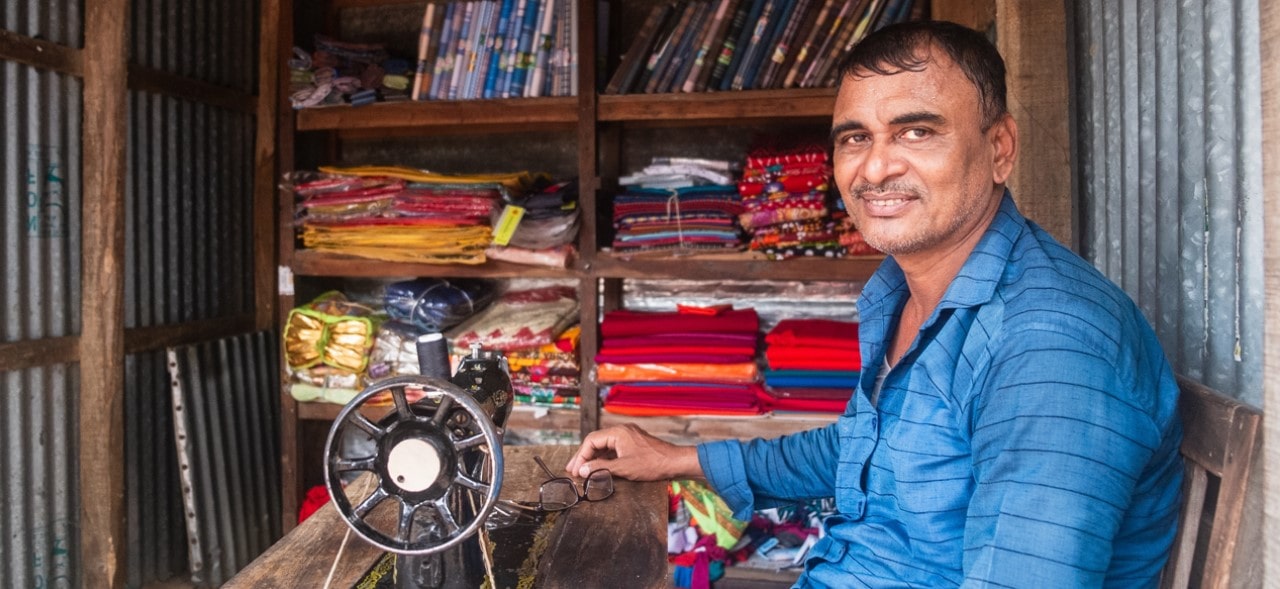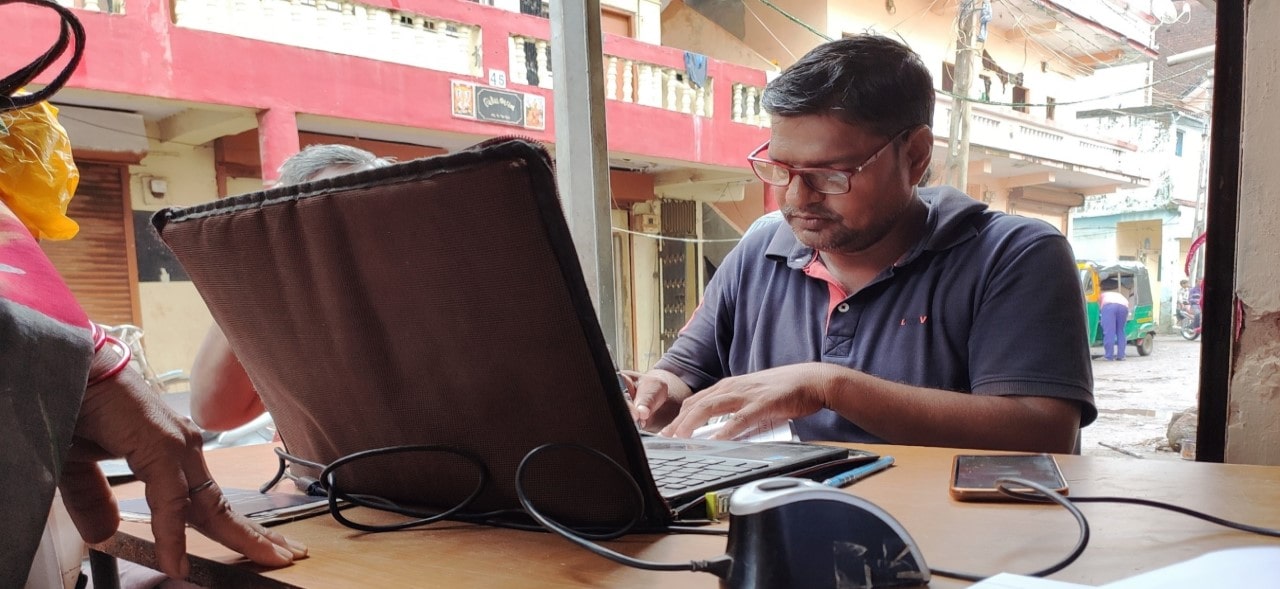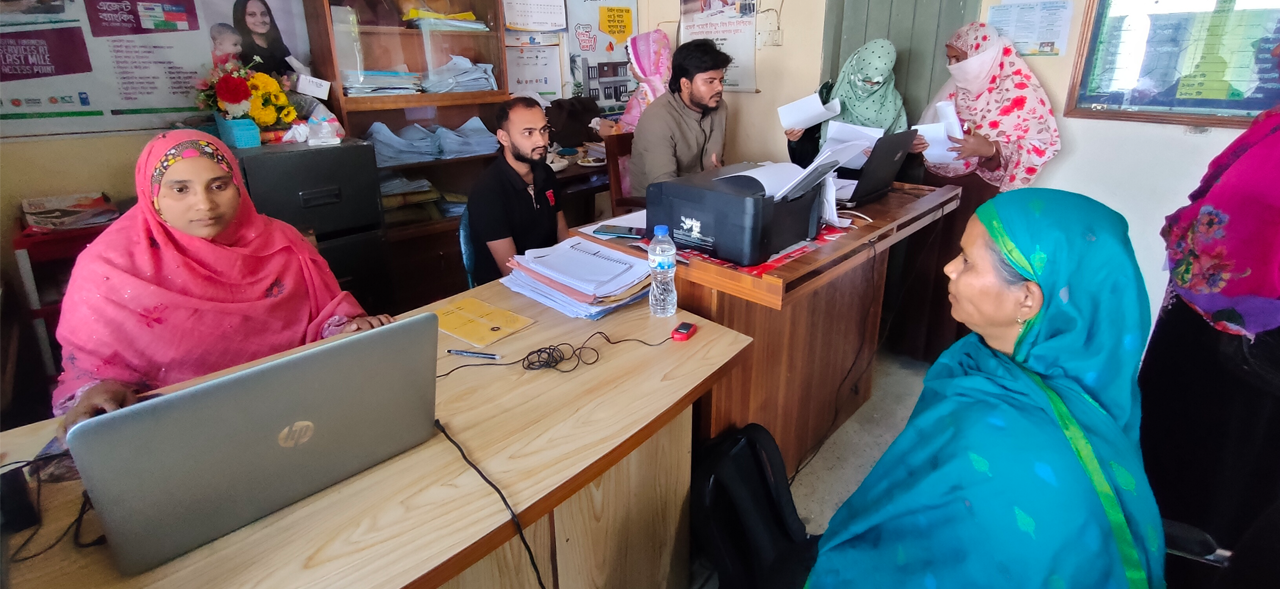Samveet Sahoo

Samveet Sahoo
Associate PartnerSamveet Sahoo is an Associate Partner in Digital Financial Services domain of MSC India, focused in Payments and Distribution. He has seven years of experience in business strategy, client management, new product development, and stakeholder engagement in the financial services sector, spanning digital financial solutions to rural and inclusive banking.
He has worked on projects with banks, mobile network operators (MNOs), agent network managers (ANMs), microfinance institutions (MFIs), fintechs, regulators and governments in Bangladesh, India, and Liberia. He is currently the Country Program Manager for MetLife’s I3 program. His areas of expertise include project management, customer experience mapping, strategy and product development, user-interface evaluation, product evaluation, institutional assessments and risk analysis, market research, channel design, process re-engineering, pilot testing and support to roll-out, monitoring and evaluation, and the development of analytical frameworks and policy analysis.
Posts by Samveet Sahoo
 Publication
Publication
Md Farista Andalib and Samveet Sahoo
Impact of digital platforms on microenterprises: Bangladesh country findings
 Blog
Blog
Md Farista Andalib, Samveet Sahoo and Ihsan Mahboob Hoq
Digital platforms: Catalysts for growth and sustainability among Bangladesh’s microentrepreneurs: Part 2
 Blog
Blog
Md Farista Andalib, Samveet Sahoo and Ihsan Mahboob Hoq
Digital platforms: Catalysts for growth and sustainability among Bangladesh’s microentrepreneurs: Part 1
 Publication
Publication
Samveet Sahoo, Shahrukh Ahmed Latif, Md Farista Andalib and Ihsan Mahboob Hoq

